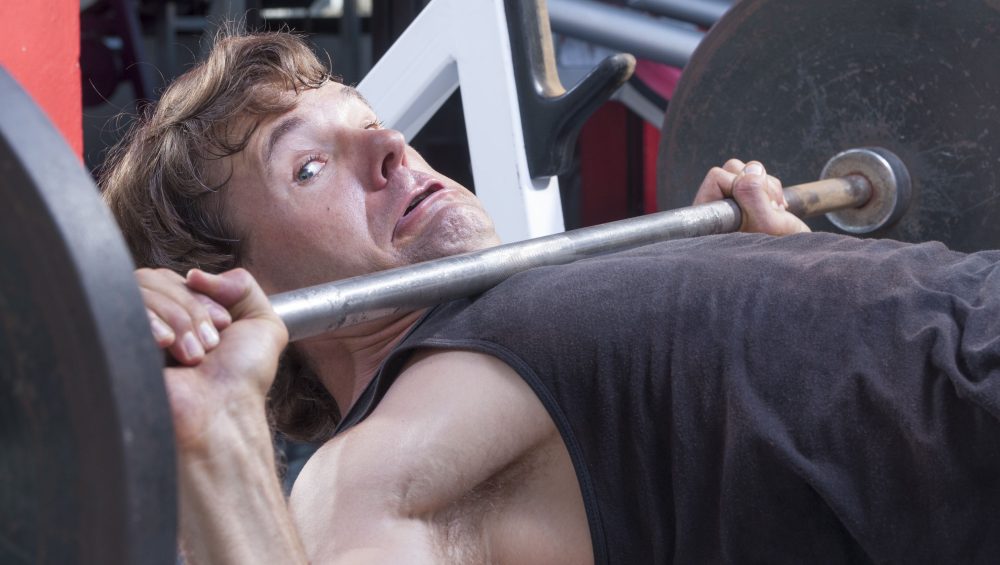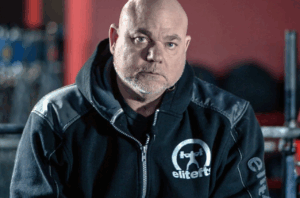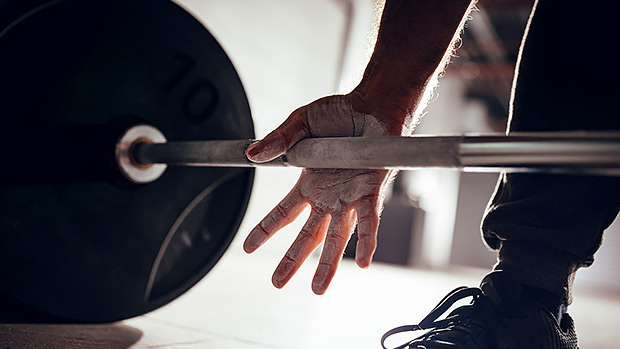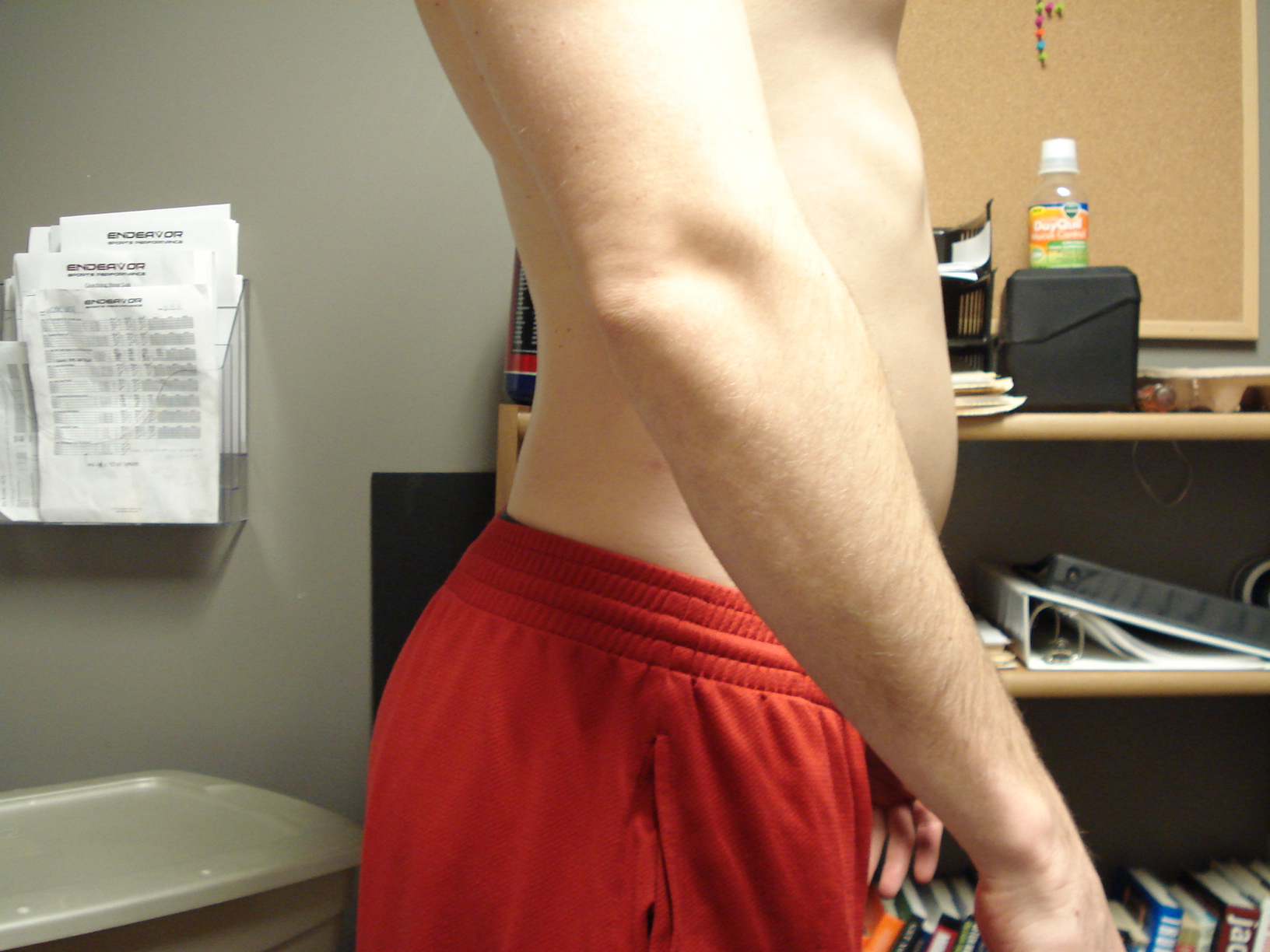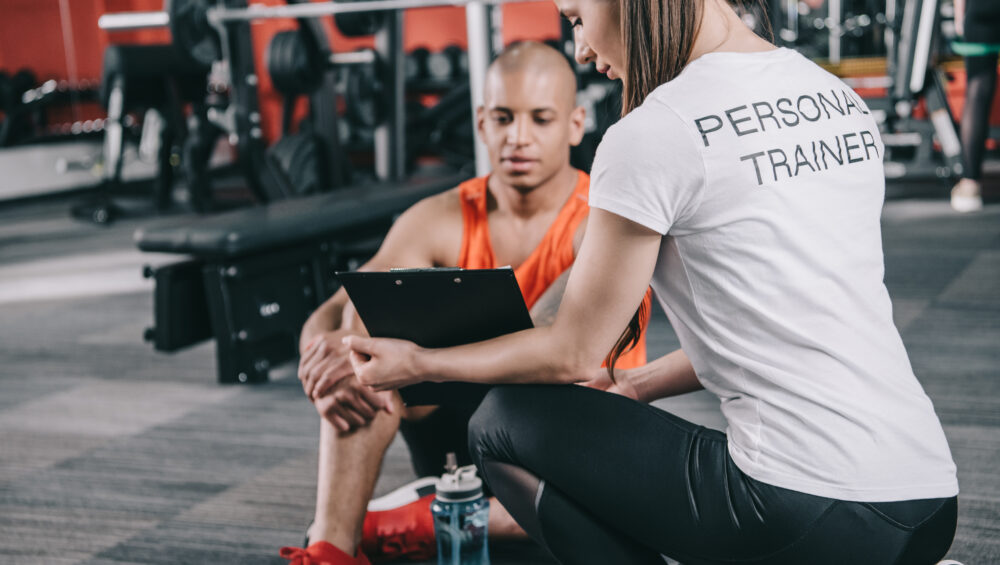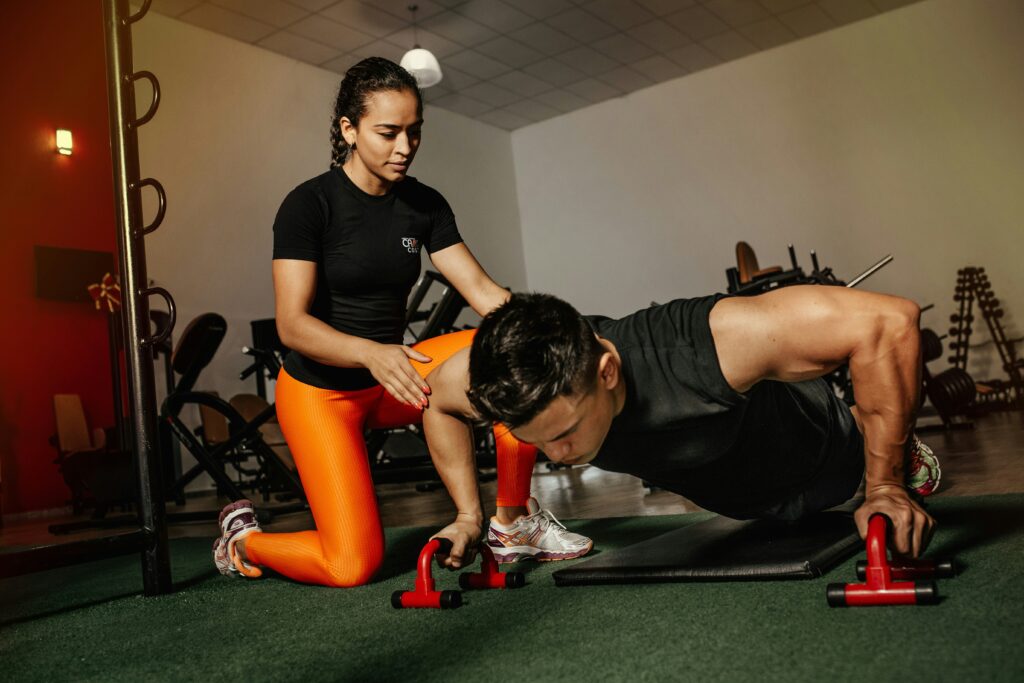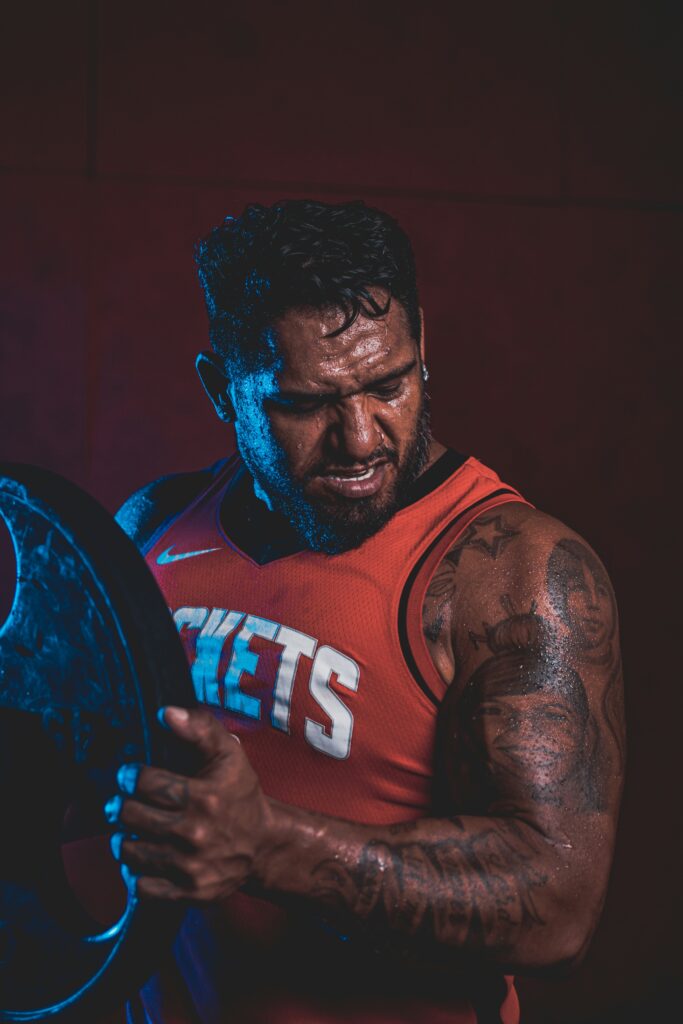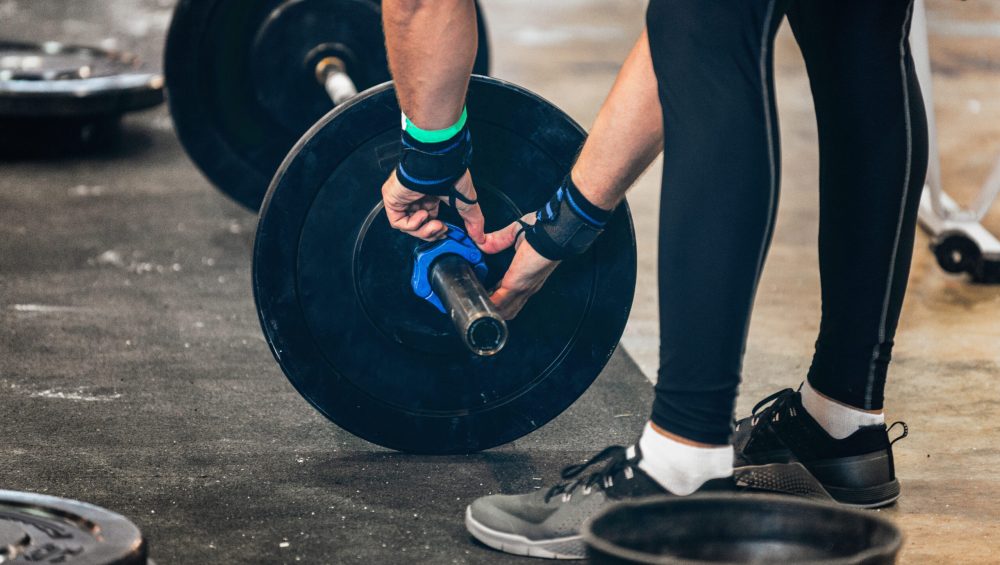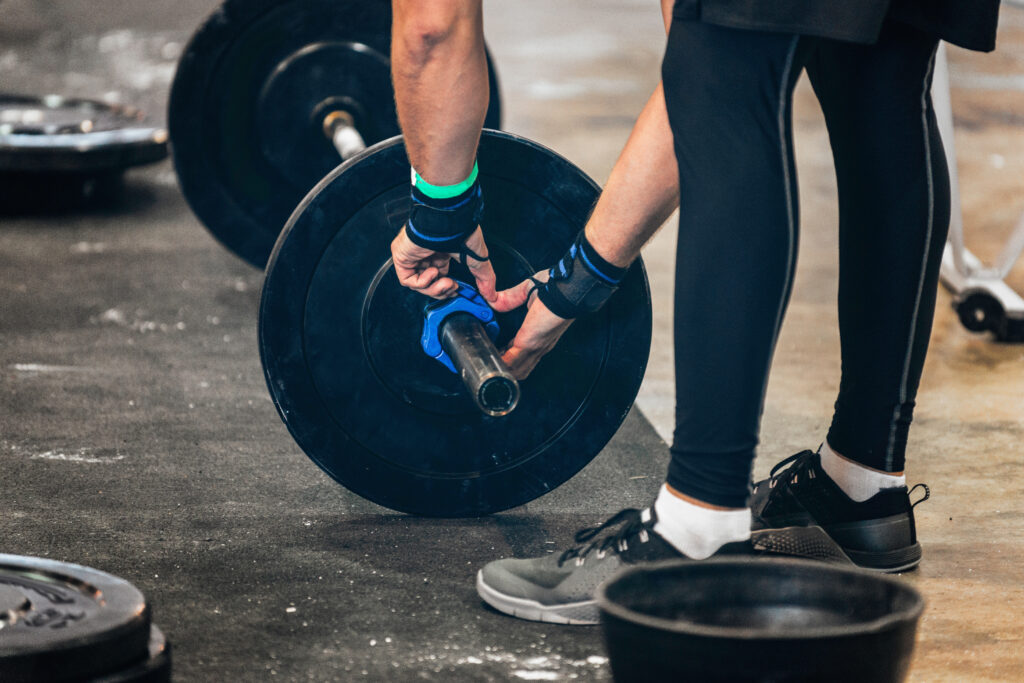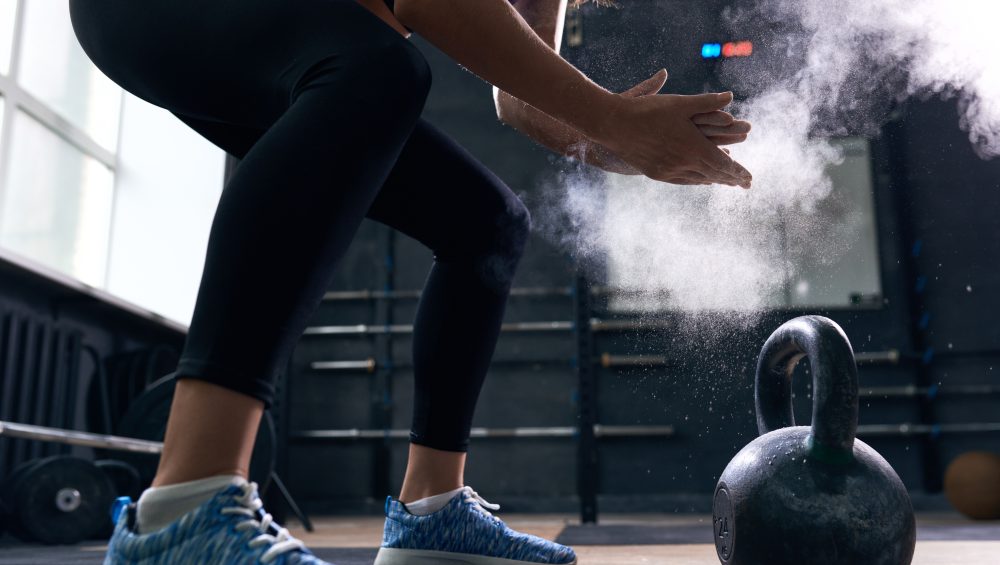A few weeks I stole a blog idea from Dean Somerset and highlighted my list of 8 Non-Fitness Books Every Fitness Professional Should Read.
In the same vein (I.e., I’m “stealing” another idea), my good friend and former business partner, Eric Cressey, wrote a fantastic post titled The Most Important Three Words in Strength and Conditioning that I felt hit the nail on the head, and also served as a bit of inspiration for me. While I’d encourage everyone reading now to click on the link above, I won’t leave everyone in the dark.
What were the three words he alluded to?
“I was wrong.”
It takes a bit of courage and moxy for someone to be so transparent and admit when he or she is wrong. And for whatever reason, compared to other professions, the strength and conditioning community has a really, really, really hard time admitting when it’s wrong.
I shouldn’t toss the whole industry under the bus. That’s unfair and shortsighted. But I’d be remiss not to say there are a fair number of people within the industry who are stubborn and refuse to admit when they’re wrong.
I mean all you have to do is spend ten minutes on social media and you’ll come across any number of petty arguments and dick measuring contests as to who’s right. The steady state cardio crowd argues with the HIIT crowd. The total calories are the only thing that counts crowd argues with the IIFYM (If It Fits Your Macros) crowd. The strength coaches argue with the yoga instructors. The powerlifters argue with the bodybuilders. And everyone argues with the Vegans.
And NO ONE admits when they’re wrong. Ever.
It’s like the ultimate starring contest…..

Which is why I felt Eric’s post was so refreshing and something that NEEDED to be said. It’s actually okay to admit when you’re wrong. The Mayan Apocalypse isn’t going to start.
All the cool kids are doing it.
And I’d even go so far as to say that admitting when you’re wrong is mandatory for personal growth and development.1
Unless your name is Gandalf or Dan John you can’t expect to be right 100% of the time. Admitting when you’re wrong takes balls (and ovaries!), and I feel most people respect those who are confident enough to accept that they’re not infallible more so than those who pretend to be know it alls.
Which brings me to the other three words.
I remember my first trip to London for a workshop I was teaching, I had a few days to walk around and take in the sights and sounds.
I LOOOOOOOVED London. It was my first trip to Europe, and being a nerdy history buff I was excited to see many of the historical landmarks and architecture that you just don’t come across here in the states. You know, like a 10-11th century castle (The Tower of London) right smack dab in the middle of a city:
Moreover it was bit of a culture shock to have people smile at you and say “good morning.” Likewise, it was equally “shocking” to get used to some of the British slang.
Me: “Can you point me in the direction of Trafalgar Square?”
Brit: “You’d be bloody barmy to go there this time of day. If you fancy it and you’re full of beans, I’d suggest the South Bank. Cheerio. Spot of tea. Winston Churchhill.”
Me: “Uhhhhh, I don’t know?”
Facetiousness aside, this was an easy example of a time where I wasn’t scared to say the words, I don’t know.
Or take a few years ago when Lisa and I were down in Florida and we met with our wedding planner.
Lisa: “Babe, which DJ did you like better?”
Me: “I don’t know.”
Lisa: “Babe, do you want a photo booth during the reception?”
Me: “I don’t know.”
Lisa: “Babe, which table cover do you like best?”
Me: “I don’t know.”
Lisa: “Babe, I swear to god I’m going to punch you in the mouth if you say “I don’t know” one more time.”
Me: “I don’t kn…..wait, huh? OWWWWWWWWWWWWW.”
The point is, there are plenty of incidences in everyday life where we don’t tip-toe around the phrase I don’t know.
Yet in the strength and conditioning world those three words are almost considered taboo. It’s as if admitting you don’t know the answer to something is cause for handing in your man-card.
And that’s unfortunate.
I’d like to think I know the answer to most gym-related things I’m asked…but even on the off-chance I’m flummoxed, I’m not afraid to say it……..
I don’t know
If anything I think the person asking respects the admission MORE than if I tried to pawn off some BS diatribe.
What’s more, I come across as a jerk if, down the road, the person finds out the actual answer and realizes I just made something up on the fly. How am I supposed to build trust – and more importantly, integrity – as a fitness professional if I’m pretending to know the answers?
Listen: It’s impossible to be an “expert” in everything. Ask me how to deadlift, and I’m your man. Ask me to explain the Kreb’s Cycle and you’ll get nothing but crickets chirping.
That said, I do feel it’s in every fitness professional’s best interests to own a niche or topic. Cressey Sports Performance owns baseball training. Mark Fisher Fitness owns Broadway. Molly Galbraith, Nia Shanks, and Joy Victoria own female training. John Romaniello owns fat-loss (and dick jokes). Jon Goodman owns personal trainer development. And I could go on and on with examples.
This isn’t to say that none of the above don’t have experience outside their niche – they absolutely do!
But I guarantee they’re not afraid to say “I don’t know” and are willing to 1) own it, 2) say something along the lines of “give me some time and I’ll find the answer for you,” and/or 3) point people in the direction of someone within their network who DOES have the answer.
Rule of Thumb: don’t pretend to be something you’re not. Accepting your limitations as a fitness professional – and saying I don’t know – is just as valuable as being able to regurgitate all the insertions and origins of every muscle…..in Elvish.
Both are impressive. But it’s the former that separates many of the good trainers and coaches from the great ones.




